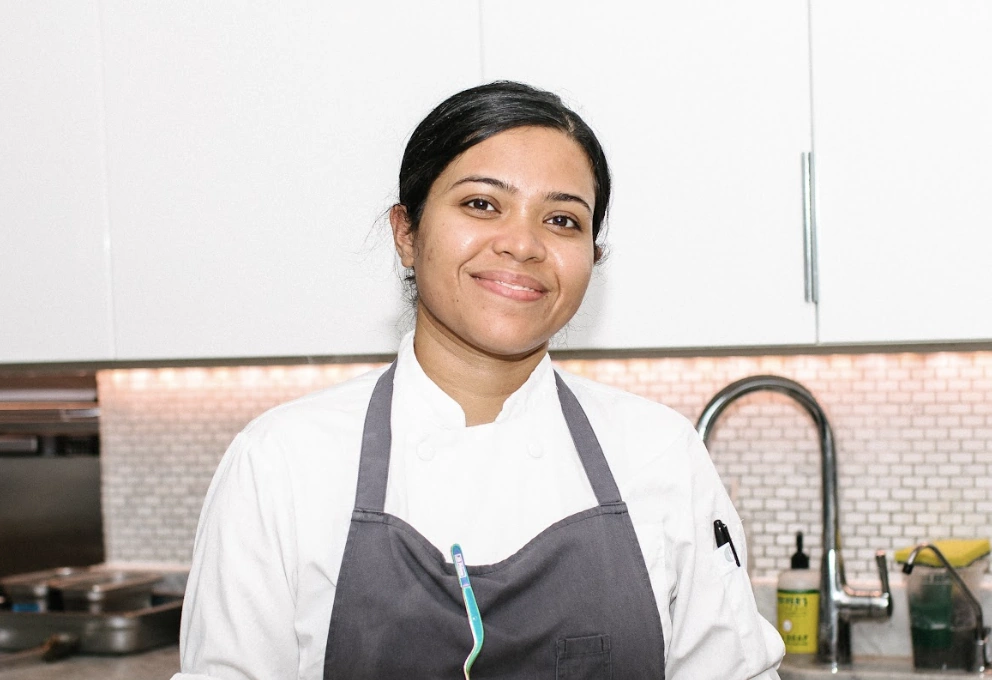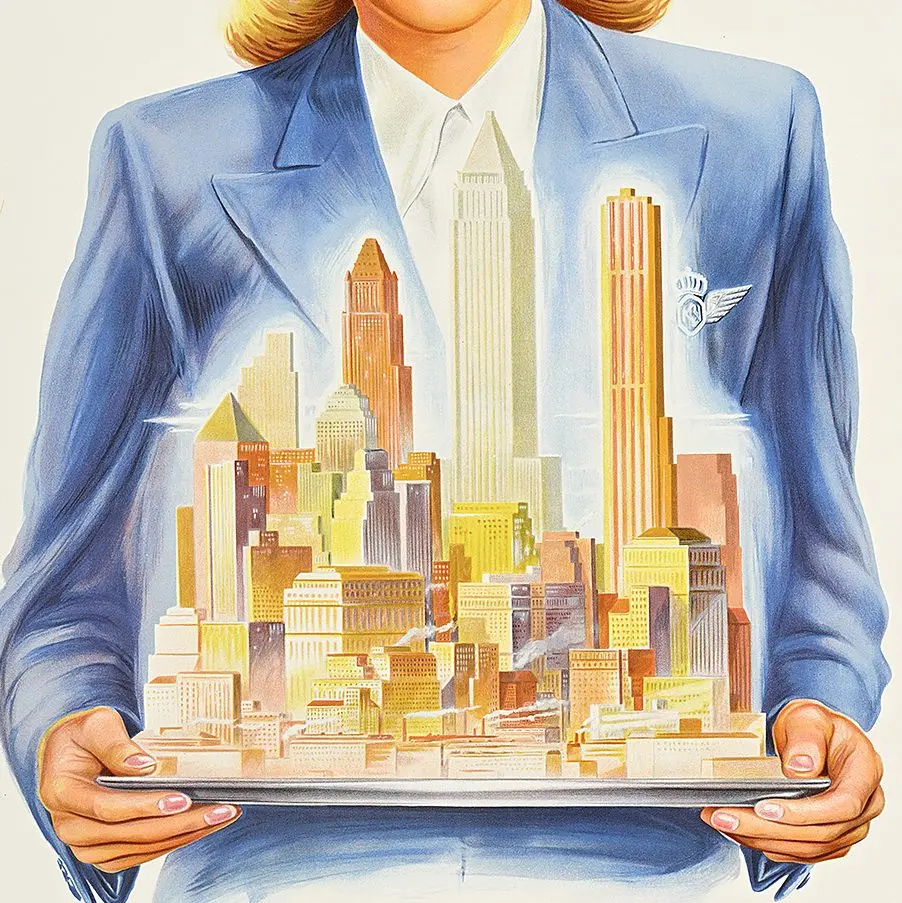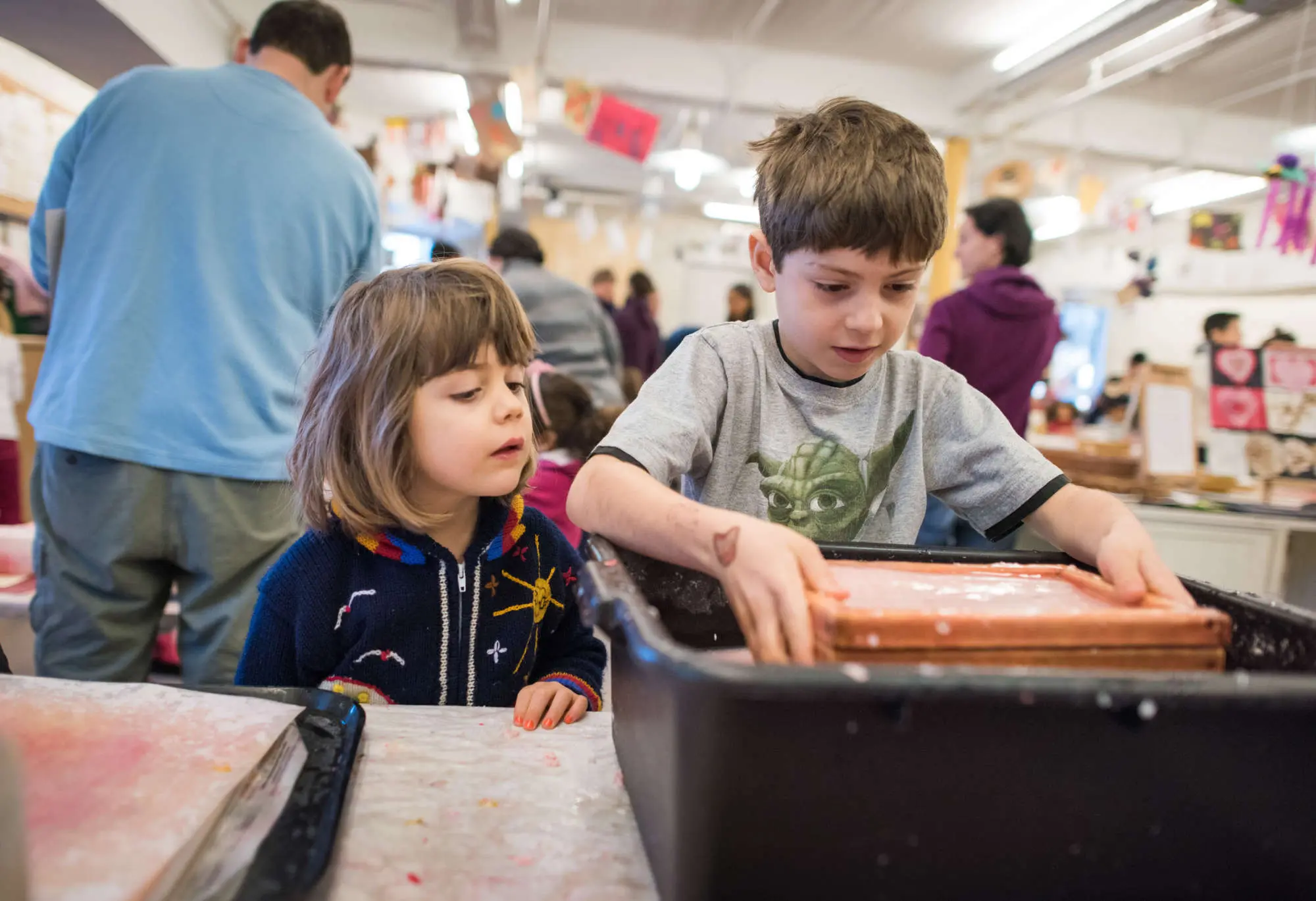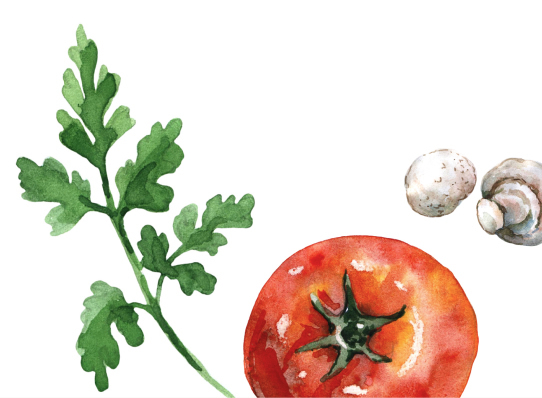Delicious Books to Celebrate Women’s History Month

Delicious Books to Celebrate Women’s History Month
By Solanki Roy, Executive Venue Chef
For Women’s History Month, Chef Solanki Roy shares some of the books that are on her shelf for reading – and re-reading! – and that have provided inspiration for her as a female chef.
I’m an ardent reader, and as a female chef in a male-dominated industry (26.9% of chefs in the US are female, while 73.1% are male), I’m thrilled to share some of my favorite books which talk about the historic impact of women in the culinary industry.
Tastemakers: Seven Immigrant Women who Revolutionized Food in America by Mayukh Sen
This book delves into the fascinating world of culinary influencers, exploring the stories behind some of the most iconic women who have shaped the way we eat, cook, and think about food. From renowned chefs and food writers to innovative entrepreneurs and cultural icons, this book uncovers the journeys, inspirations, and impact of these tastemakers on the culinary landscape.
Who Cooked the Last Supper: The Women’s History of the World by Rosalind Miles
“Who Cooked the Last Supper?” is a thought-provoking exploration of the often-overlooked role of women in the history of cooking and culinary traditions. Delving beyond the conventional narratives of famous male chefs and cookbook authors, this book uncovers the untold stories of women who have shaped the way we eat, cook, and think about food.
Drawing on a wealth of historical sources, “Who Cooked the Last Supper?” sheds light on the diverse roles that women have played in the kitchen, from home cooks and food artisans to professional chefs and entrepreneurs.
What She Ate: Six Remarkable Women and the Food That Tells Their Stories by Laura Shapiro
“What She Ate” focuses on a different woman from diverse backgrounds and time periods, spanning from historical figures to contemporary icons. Through meticulous research and vivid storytelling, readers are transported into the kitchens, dining rooms, and lives of these extraordinary women, gaining insight into their personalities, struggles, and triumphs.
From the extravagant feasts of Eleanor Roosevelt to the humble meals of Rosa Parks, “What She Ate” offers a window into the everyday rituals and extraordinary events that shaped these women’s relationships with food. Through their culinary choices, readers discover the cultural, social, and emotional significance of food in the lives of these women, revealing insights into their values, desires, and aspirations.
Lastly but most importantly my mother and my grandmother having profound influence on me subconsciously of how to cook with passion and love. They always told stories of the historic freedom movement in India, had intellectual discussions on science, economics, and arts and recited poetries of Rabindranath Tagore and Najrul Geeti while sipping on our flavorsome Chai or kneading on a dough of luchi. Food has been a universal love language.
Related Posts
No records found for the
search criteria entered.
-

Exciting Events Around New York: August 2024
Check out live music, film, art and more at our partner venues this month...
-

Exciting Events Around The Bronx: August 2024
Check out community celebrations, outdoor events, and unique experiences in the Bronx this month...
-

Chef's Choir: Recipes to Stay Cool in the Summer Heat
Delicious Books to Celebrate Women’s History Month By Solanki Roy, Executive Venue Chef ...








